How did we migrate from the tool forum to the home remedies forum?
Philbert
Sorry, but ya has to be healthy to run them chainsaws.
Pioneerguy600

How did we migrate from the tool forum to the home remedies forum?
Philbert
Sorry, but ya has to be healthy to run them chainsaws. Pioneerguy600
How did we migrate from the tool forum to the home remedies forum?
Philbert

"Tools" for better health and better tasting food.
How did we migrate from the tool forum to the home remedies forum?
Philbert
Back a bit more on topic, today at a hardware store I picked up a 1L bottle of Phosphoric Acid.
[snip]
Phosphoric acid is the active ingredient in all commercial rust converters.
IIRC it reacts with the iron oxide and forms iron phosphate instead, which is inert (and a dark purpley black colour)
Our Eucalypts here must have some form of it in the oil in the leaves/sap as when ever any rusty bit of metal is left underneath it is deactivated after a bit of rain with the rust turned a very dark, almost black purple!
just read a little article in a woodworking magazine that stated how some buyers of electric powered motors get sucked into buying these motors by misleading horsepower ratings. Many of you know this and probably it's no surprise.They talked about a simple means to find actual horsepower.It came down to what volts your circuit is,amps that the motor draws and watt's.I gathered that it best to look at amp ratings of the motor as opposed to horsepower ratings.And also that most household circuits are 15 amps that you would plug in like a shop vac or table saw that was on 120 volt's as opposed to 240.
Lawrence
Phosphoric acid is the active ingredient in all commercial rust converters.
IIRC it reacts with the iron oxide and forms iron phosphate instead, which is inert (and a dark purpley black colour)
Our Eucalypts here must have some form of it in the oil in the leaves/sap as when ever any rusty bit of metal is left underneath it is deactivated after a bit of rain with the rust turned a very dark, almost black purple!
That's Tannic acid (and reacts with iron to form Ferrous Tannate) and is why a lot of Aussie creeks and rivers are coffee colored. Tea trees are loaded with it. It's not that effective against rust but tea tree oil is but I think it's a bit expensive compared to other oils.
Yes, I have some allen wrenches at work [ asphalt plant ] Dont remember where I got them ,but they seem to be good wrenches. We've had them quite a while and haven't broken them yet, which is good for us.
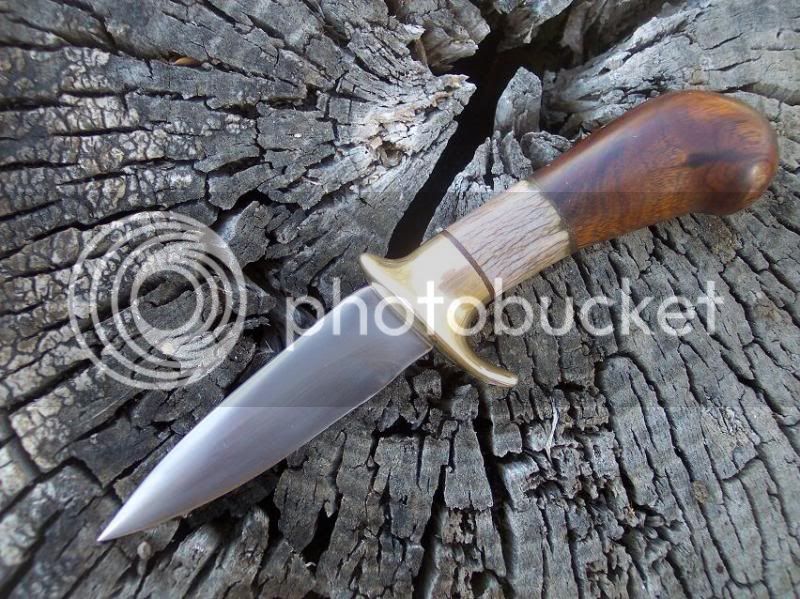
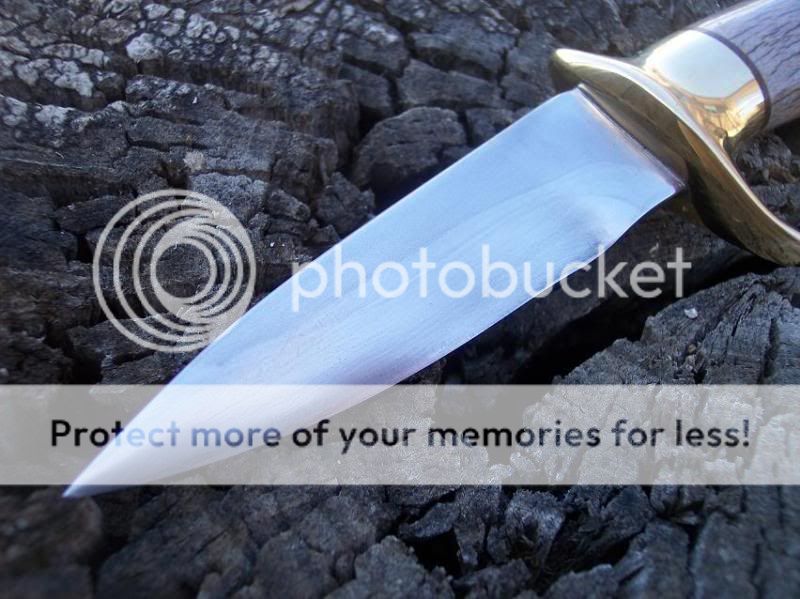
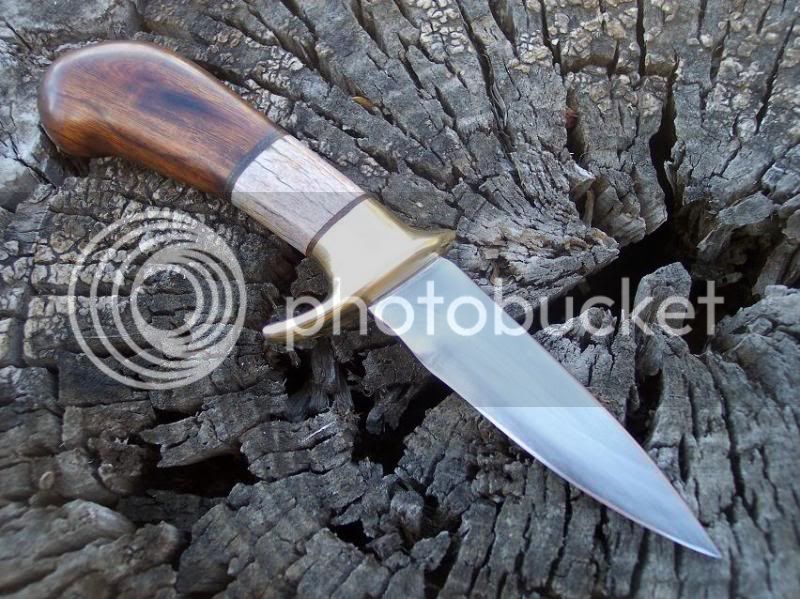
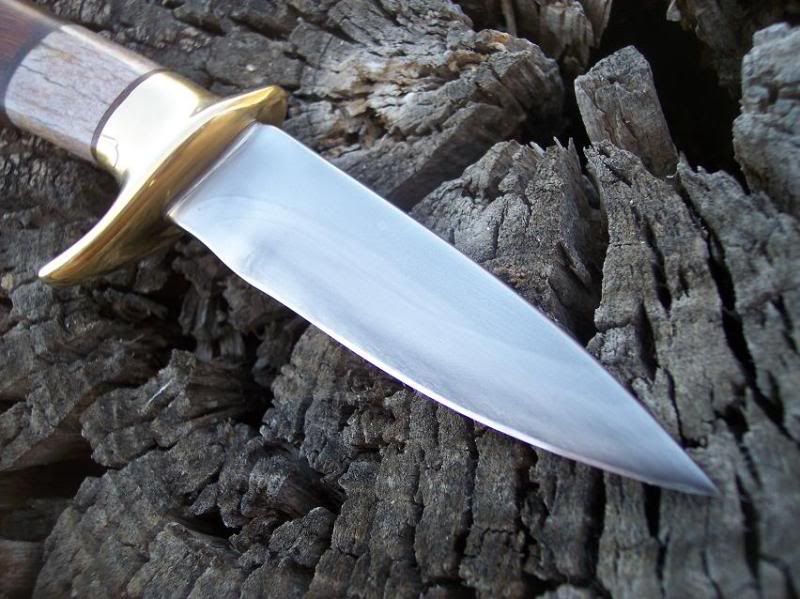
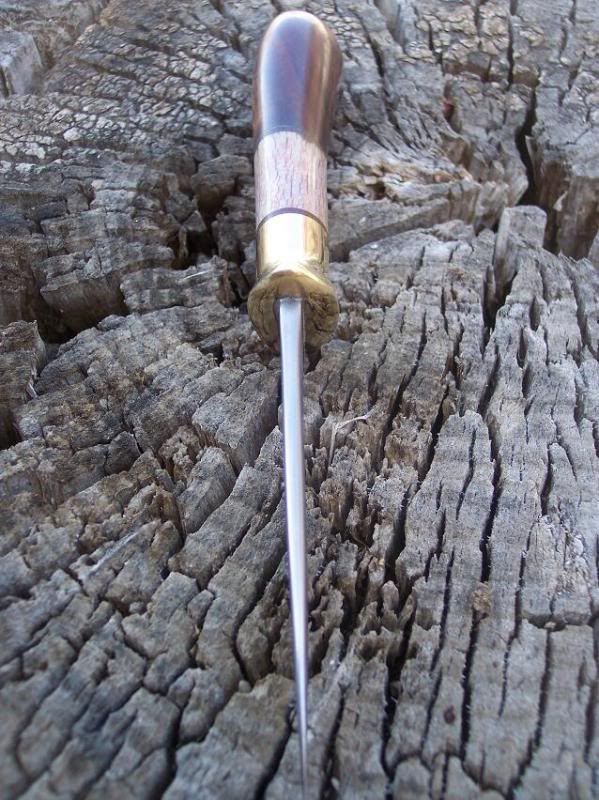
WOW,That is one beauty of a knife. You did an awesome job.



Enter your email address to join: